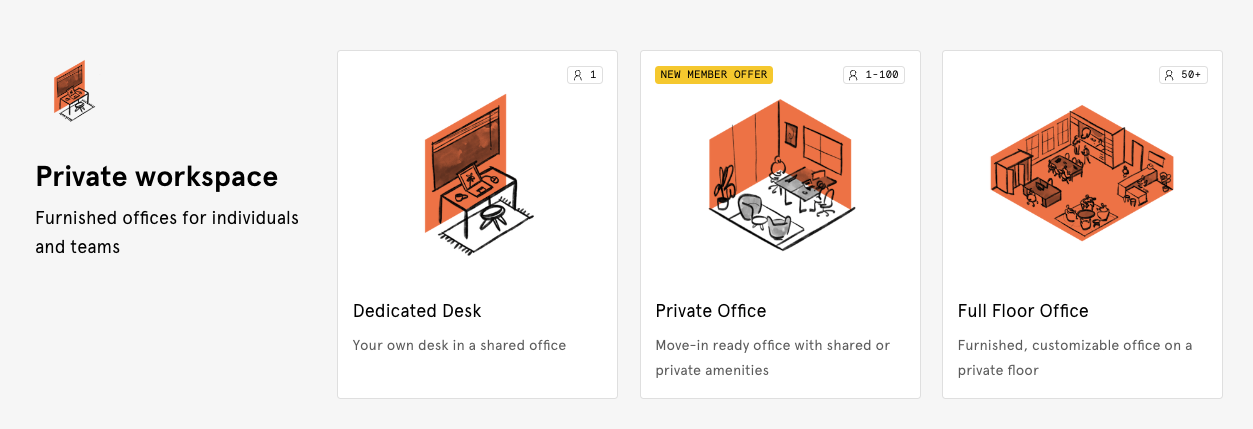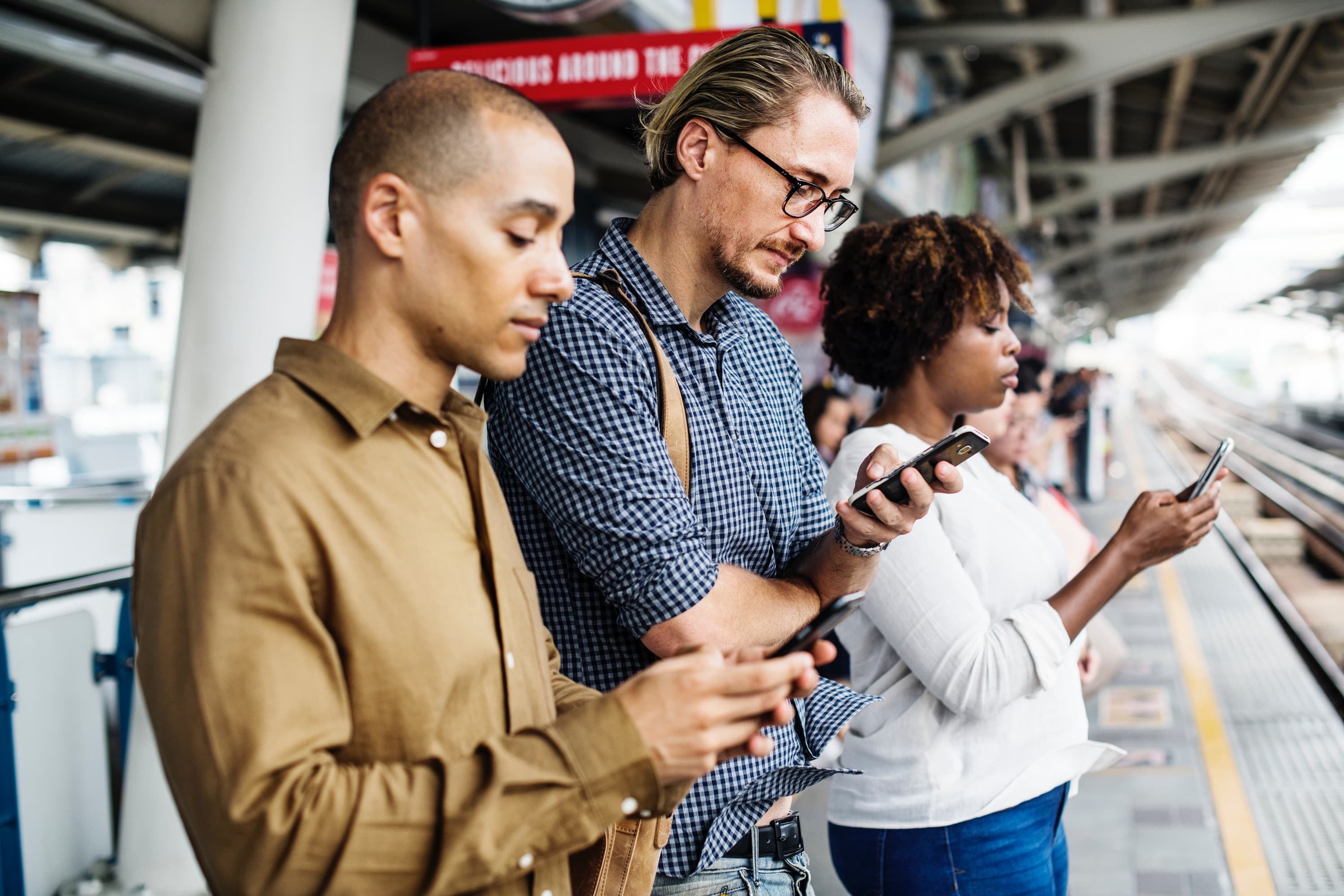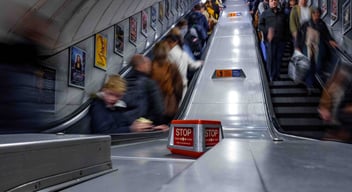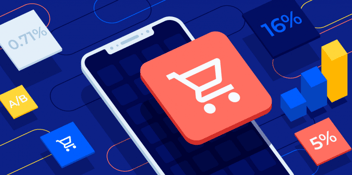At its core, the customer experience is measured against your audience’s expectations.
These expectations are shaped by past interactions with companies and technology.
For example, making reservations through OpenTable is quick and easy, while getting clarification on your cable bill is often a trial meant to test your faith in humanity.
In an increasingly digital world, the concept of liquid expectations best describes how people develop and evolve their idea of a satisfactory customer experience.
Understanding the forces that shape your audience’s preconceptions is the key to designing a customer experience that keeps pace with your market and assures your organization stays competitive.
What are liquid expectations?
In today's rapidly evolving digital landscape, the boundaries that once separated industries are becoming increasingly blurred. Enter the era of "liquid expectations," a term that aptly describes the fluid and ever-changing standards by which consumers judge their interactions with brands, services, and products. No longer are companies only measured against their direct competitors within their industry; instead, they are gauged by the best experiences a consumer has had across all industries.
Imagine a user enjoying the sleek interface of a cutting-edge app from a tech giant in the morning and then feeling frustrated with the clunky website of a local restaurant in the evening. This shift is attributed to liquid expectations: the benchmark one industry sets can easily spill over to another, setting a universal standard.
Understanding liquid expectations is not just about meeting the bar set by top players but recognizing that this bar is in perpetual motion, driven by innovation, technology, and consumer desires. To thrive in such an environment, companies must be adaptable and preemptive, always staying a step ahead of the ebb and flow of consumer expectations.
Now, the concurrent nature of technology has given rise to experiential competitors. These organizations don’t deal in products like-for-like with yours but rather offer experiences that could replace you entirely.
The rise of WeWork
Renting office space has always been a job for companies rather than individuals. But the emergence of the gig economy and the accompanying army of freelancers, side hustlers, and startups means individuals needed office space, too. Or at least a desk in an office space.
In a textbook example of experiential competition, WeWork seized on the gap in the market. Instead of cordoning off entire rooms for companies, WeWork provides a coworking environment where anyone can rent a desk for a set fee.

While the model of renting space to individuals may not seem revolutionary, WeWork understood that the experience of a coworking space is what millennial professionals working in digital jobs were after.
Sure, WeWork clients save money by accessing lightning-fast internet and other workplace essentials. But the culture created in each coworking space — where professionals mingle with like-minded peers every day — is what launched this Brooklyn startup to a valuation of over $20 billion in 2017.
The communal expectations young business professionals had established through social networks directly translated to what they wanted from a real-world working environment.
Rather than selling a like-for-like offering akin to traditional office spaces, WeWork sells an experience that makes conventional cubicle farms redundant.
The end of the line
In what could be the first whispers of a perceptual shift among consumers, the immediacy of hailing a ride with Uber may spell the end of lines at grocery stores.
Amazon is already trialing multiple Amazon Go stores in Seattle, Chicago, and San Francisco. Equipped with various technologies, the stores allow shoppers to walk in, scan their phones, and walk out with the items they’ve selected.
This project is still in its infancy, and Amazon Go locations are much smaller than traditional groceries. Still, the parallels to other self-service technology are striking.
The phone is the only necessary technology for customers. Users arrive and choose only what they want. And there are no lines because the entire experience is constructed to cater to each user.
These stores are only a start, but they could be the first indicators that the expectations built through ride-sharing apps will make waiting in line at the grocery an old-fashioned experience.
As line tolerance decreases, the old-fashioned stores still have lines will be victims of perceptual competition.
How to future-proof your customer experience
The winds of technological innovation can be swift, and keeping pace with liquid expectations an intimidating endeavor. However, there is a proven strategy for building and maintaining an exceptional customer experience: human-centered design.
I’ve used the terms users and customers interchangeably because the importance of someone’s experience is universal. Whether it’s a product, service, or employee-facing application doesn't matter.
Investing in user experience design means investing in the customer experience, and there is an ample body of research that supports the heavy investment in UX.
No one is immune from changing customer expectations. However, adhering to human-centered design principles will support an ever-evolving customer experience.
Here are three important tenets for optimizing your customer experience:
Ongoing User Research
A poor customer experience is often born of assumptions rather than knowledge of what your customers want. A human-centered perspective affords users a central role in designing their experience with your organization.
Seasoned UX designers will employ a myriad of research techniques to develop a context of use, ideate ways to optimize the experience design, and validate the design direction with users.
However, the most important characteristic of your research is that it’s iterative and ongoing. By using wireframes and prototypes as vehicles for feedback, designers can shape the customer experience to match the real-world needs of your audience.
Building your customer experience on a foundation of user research is a surefire method for keeping your finger on the pulse of your audience’s expectations.
Relevant Personalization
Personalization is serially undersold. Too many marketers consider dynamic text the forefront of personalization when AI and machine learning open the doors to substantially deeper personalization opportunities.
Two main types of personalization are gaining ground: behavioral and role-based.
Behavioral personalization is what you’re familiar with in most e-commerce stores or in digital advertising platforms. After you view certain types of content or complete specific behaviors, you’ll be greeted by content curated to meet your interests on your next visit or log-in.
Role-based personalization utilizes firmographic and demographic data, often established when you set up your profile, to personalize the user experience. Each role relates to a specific workflow, so the experience changes according to the needs born out by research into your particular priorities.
Any personalization strategy must be informed by stringent research to ensure that the content helps users accomplish their tasks and overcome challenges. Otherwise, customized content will quickly descend into irrelevancy.
Consistent Usability
When designers talk about increasing the usability of the customer experience, they’re planning to improve three particular areas:
1: How easily the user becomes familiar and competent with the user experience
2: How easily users can achieve their objective
3: How easily they can recall the user interface in subsequent visits
These three standards form the core of any intuitive customer experience.
What’s more, these usability are not solely qualitative. Usability testing can create baselines for data points like time-on-task, success and failure rates, and the amount of perceived effort as measured by clicks.
These quantitative metrics build a framework for the usability of any particular task in the customer experience, giving you an idea of precisely what interactions need to be optimized in the customer journey.
***
Liquid expectations are the new normal for anyone even remotely concerned with the customer experience. As innovation cycles speed up, customers’ expectations will be reshaped regularly.
However, there is a way to adapt and even thrive. The human-centered design process isn’t a one-size-fits-all solution; it’s a methodology for uncovering precisely what matters to your audience and designing solutions to meet those standards.
If the customer experience is the ultimate competitive advantage, giving customers a role in shaping their experience is simply the most logical move.






